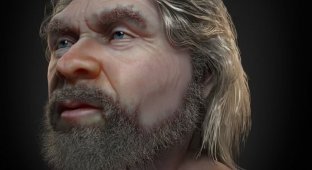Unborn twins found inside ancient Egyptian mummy (5 photos)
Archaeologists have made a shocking discovery after re-examining an ancient Egyptian mummy discovered back in 1908. She was a young 17-year-old girl who died during childbirth. She was pregnant with twins, neither of whom were destined to see the light of day. 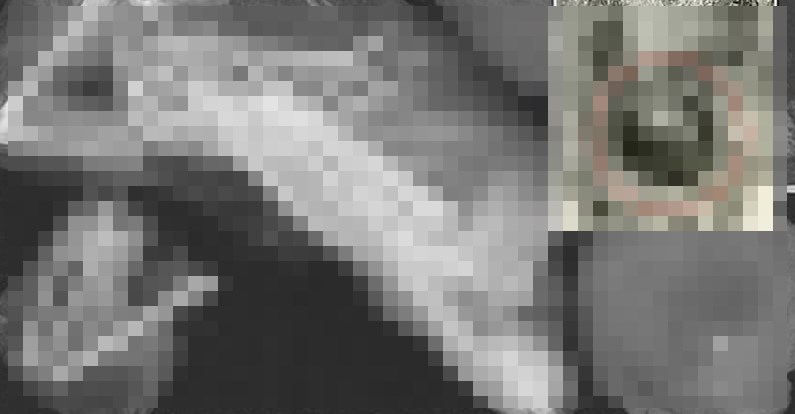
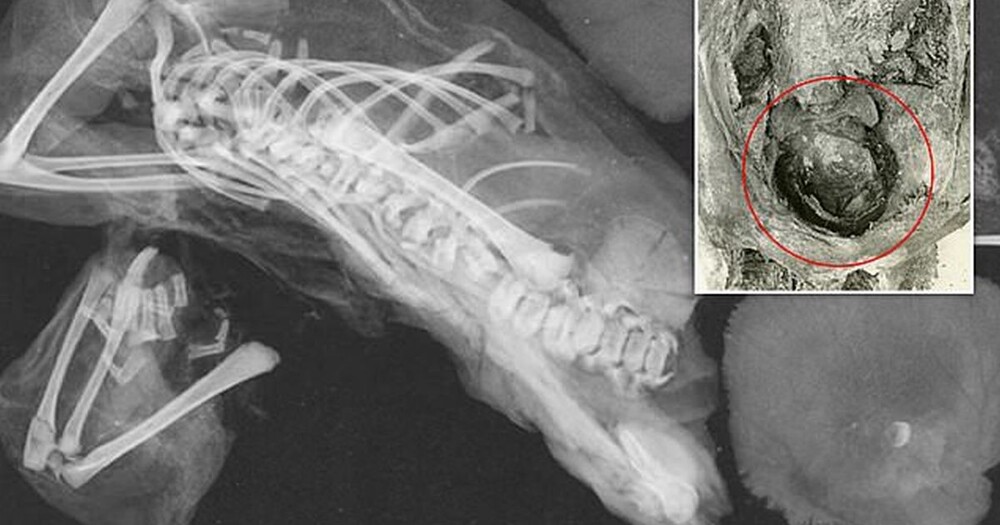
Researchers at George Washington University performed a CT scan of the body, finding a baby's head stuck in the birth canal and another fetus somehow displaced into the chest cavity.
The woman, who was no more than 17 years old, was buried with her headless child, leading experts to believe that she was pregnant with twins, but no one knew about it.
Apparently, the older twin died from traumatic decapitation of the fetus, and the younger twin separated from the uterus and moved to the ribs. 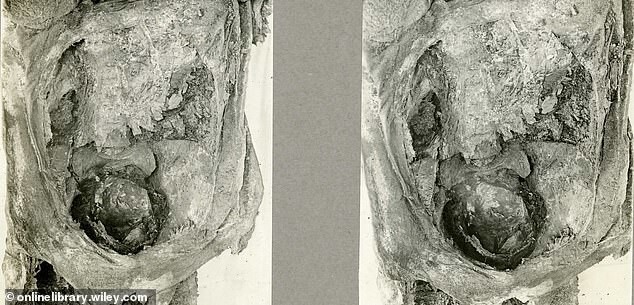
The woman's remains were found in 1908 at the El-Baghawat cemetery in the Egyptian oasis of Kharga, located in the Western Desert. The Kharga Oasis was first inhabited about 50,000 years ago and played a vital role in the economy and military affairs of Ancient Egypt.
The woman is believed to have been between 14 and 17 years old at the time of her death and was buried with her arms at her sides and her legs tied with rags. It was also covered with a large amount of salt, which has drying properties. The salt completely dried out the body, turning it into a mummy.
In their work, the researchers used records from 1908, from which it follows that scientists who studied the mummy earlier turned the body around, removed the arms, processed the thigh bones and made an incision on the stomach. The entries also mention a headless baby between her legs, covered in a sheet and layers of salt. 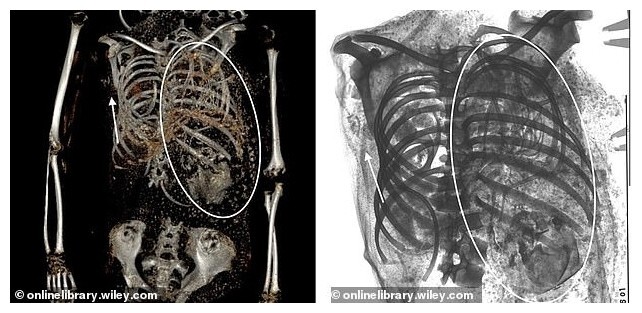
A CT scan revealed a baby in the upper left side of the mummy's chest cavity, showing long bones, ribs, neural arches, a skull and five arm bones. The available records only spoke of the first twin and made no mention of the second fetus. It was only now that they were able to discover it. Scientists were able to determine the age of death of children - 36-40 prenatal weeks. This proves that they were twins. 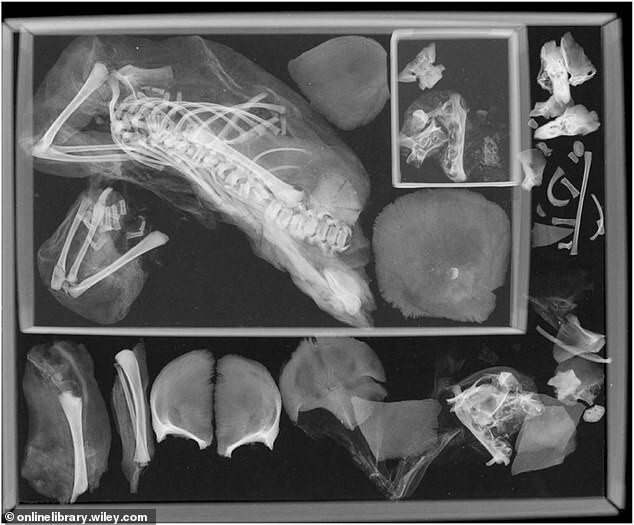
Old records did not indicate a cause of death, but using photographs and CT scans, researchers concluded that the cause of death was fetal head impingement during a breech birth.
“The detection of the fetal head at the pelvic inlet strongly suggests that labor is delayed,” the study says. “Probably the reason for the delay in labor was the breech presentation of the fetus.” 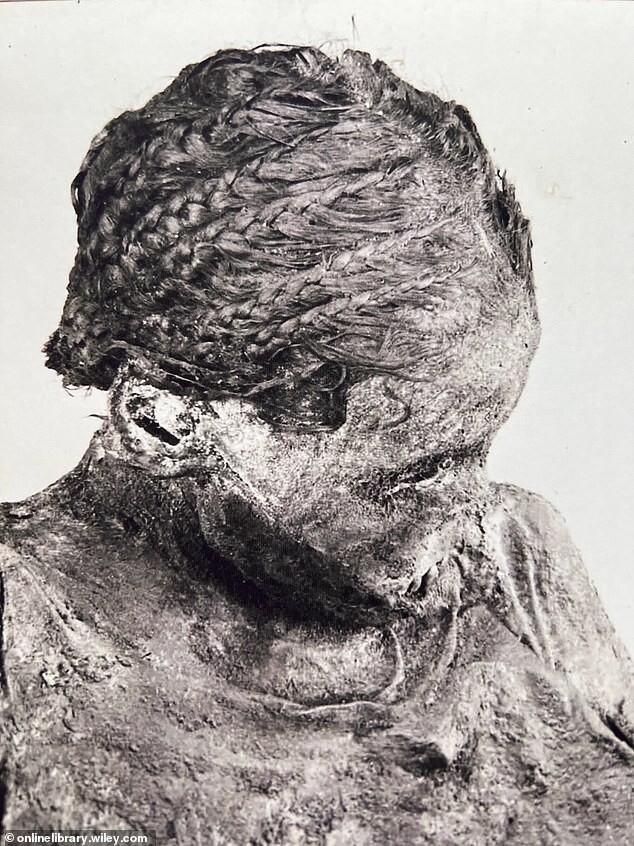
How the second fetus migrated into the chest cavity is still unclear. It may have been mummified along with other internal organs. During the mummification process, the diaphragm and connective tissue in this area may have resorbed, allowing the unborn baby to move into the chest cavity.
Researchers say the discovery highlights just how dangerous childbirth was during ancient Egyptian times. “Giving birth in ancient Egypt was considered a religious, not a medical event. While medicine in Ancient Egypt is well documented, pregnancy is not,” they explained.















